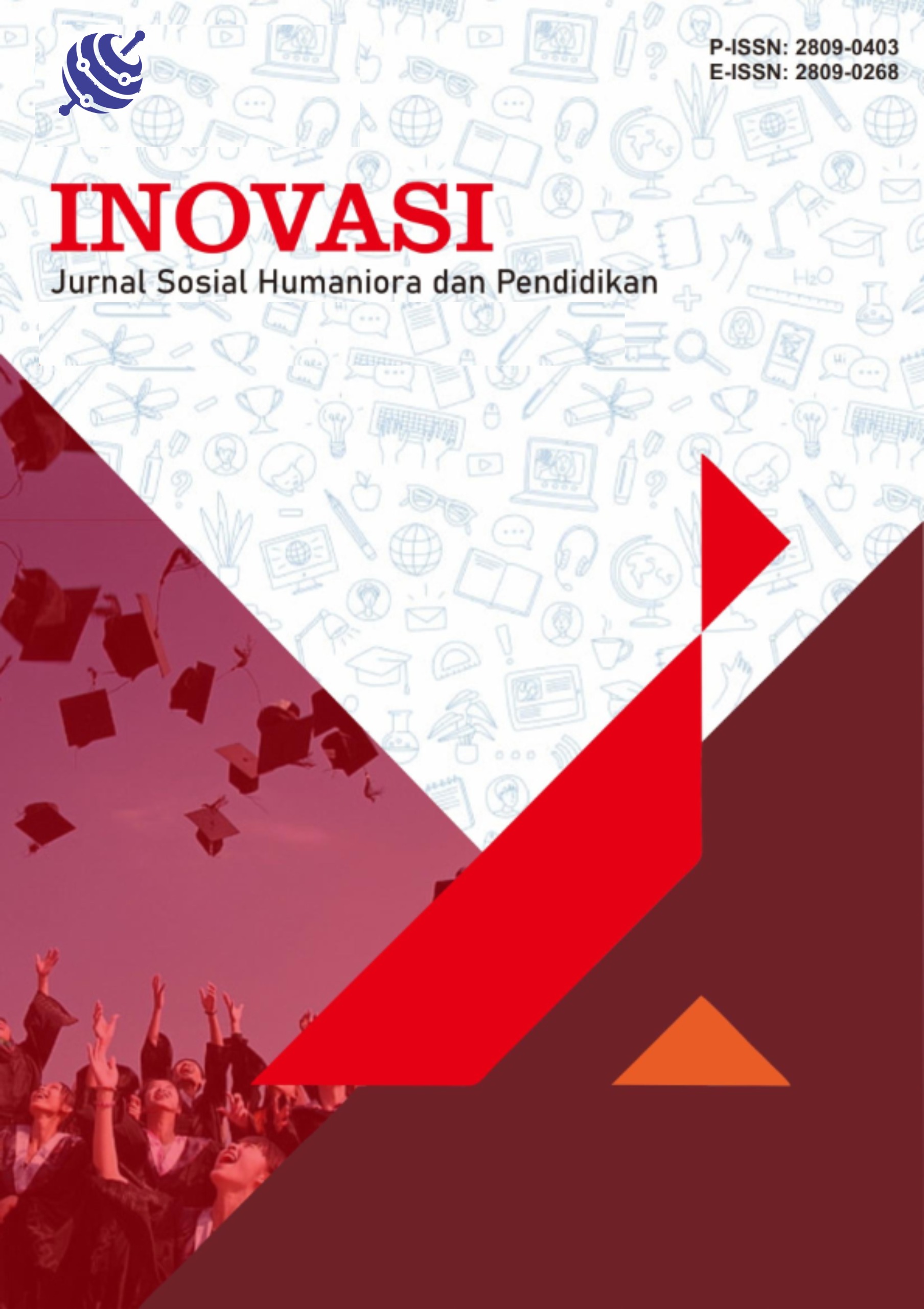IMPLEMENTATION OF LEARNING STATIONS TO ENHANCE READING COMPREHENSION SKILLS
DOI:
https://doi.org/10.55606/inovasi.v4i2.4088Keywords:
Learning station, reading comprehension, hortatory exposition, classroom action research, literacyAbstract
This study examines the implementation of Learning Station strategy for enhancing students' reading comprehension abilities, with particular focus on identifying main ideas and drawing conclusions from texts. The research employed a classroom action research design involving 33 eleventh-grade vocational high school students in Karawang. Data collection utilized diagnostic tests, classroom observations, and questionnaires. Findings demonstrated a significant transformation in students' reading comprehension levels following the Learning Station intervention. The proportion of students at the literal comprehension level decreased markedly from 27% to 3%, while those achieving the evaluative level increased from 16% to 70%. The Learning Station approach effectively facilitated students' progression through Westwood's reading comprehension hierarchy, enabling them to develop critical thinking skills in analyzing hortatory exposition texts. This research contributes to the literature on effective reading instruction strategies and provides practical insights for educators facing challenges in developing students' reading comprehension abilities.
References
Anderson, L. W., & Krathwohl, D. R. (2018). A taxonomy for learning, teaching, and assessing: A revision of Bloom's taxonomy of educational objectives. Pearson Education.
Barasaba, A. (2012). The comprehension level of the students in comprehending the English reading text. ELTS Journal, 1(2), 1-15.
Boardman, A. G., Vaughn, S., & Klingner, J. K. (2023). Teaching reading comprehension to students with learning difficulties (3rd ed.). Guilford Press.
Daniels, H. (2018). Vygotsky and pedagogy (2nd ed.). Routledge.
Denig, S. J. (2019). Multiple intelligences and learning styles: Two complementary dimensions. Teachers College Record, 106(1), 96-111. https://doi.org/10.1177/016146810410600106
Facione, P. A. (2021). Critical thinking: What it is and why it counts (9th ed.). California Academic Press. Grabe, W., & Stoller, F. L. (2020). Teaching and researching reading (3rd ed.). Routledge.
Hapni Pulungan, F., Ritonga, M., & Ritonga, R. (2023). Analisis kesulitan dalam memahami teks bahasa Inggris pada siswa SMK. Journal of Languages and Language Teaching, 11(2), 268-275. https://doi.org/10.33394/jollt.v11i2.6559
Holec, H. (2016). Autonomy in foreign language learning (2nd ed.). Pergamon.
Johnson, D. W., & Johnson, R. T. (2017). Cooperative learning (2nd ed.). Interaction Book Company.
Kemmis, S., & McTaggart, R. (2014). The action research planner: Doing critical participatory action research. Springer.
Kemmis, S., McTaggart, R., & Nixon, R. (2013). The action research planner: Doing critical participatory action research. Springer Science & Business Media.
Khalif Rizqon, M., Fauziati, E., & Suparno, S. (2021). Students' difficulties in reading comprehension at senior high school. ELT Forum: Journal of English Language Teaching, 10(1), 89-101. https://doi.org/10.15294/elt.v10i1.46228
Liu, J., & Wang, S. (2022). Relevance and engagement: Keys to reading comprehension development in EFL context. System, 107, 102815. https://doi.org/10.1016/j.system.2022.102815
Masadeh, T. S. Y., & Al-Omari, H. A. (2023). The effect of active learning strategies on EFL students' reading comprehension. International Journal of Instruction, 16(1), 1013-1030. https://doi.org/10.29333/iji.2023.16156a
Meyer, A., Rose, D. H., & Gordon, D. (2022). Universal design for learning: Theory and practice (2nd ed.). CAST Professional Publishing.
OECD. (2023). PISA 2022 results (Volume I): Excellence and equity in education. OECD Publishing. https://doi.org/10.1787/9789264266490-en
Ogude, N. A., & Chukweggu, C. O. C. (2019). Effect of station rotation model on students' reading comprehension. Contemporary Educational Technology, 14(1), 11-26. https://doi.org/10.30935/cedtech/9613
Palincsar, A. S. (2018). Reciprocal teaching: A review of research. Review of Educational Research, 64(4), 479-530.
Ragam Info. (2024). Panduan praktis implementasi stasiun belajar dalam kelas. Penerbit Insan Cendekia.
Rianti, N., Handayani, S., & Marbun, R. (2023). Analisis kesulitan membaca teks bahasa Inggris pada siswa SMK. Journal of Educational Research, 5(2), 112-124. https://doi.org/10.31004/jer.v5i2.568
Rivera, R., Aronson, B., & Cleary, T. (2021). Critical literacy development in secondary education: Challenges and opportunities. Reading Research Quarterly, 56(2), 361-382. https://doi.org/10.1002/rrq.408
Shapiro, L. (2017). Embodied cognition (2nd ed.). Routledge.
Tomlinson, C. A. (2017). How to differentiate instruction in academically diverse classrooms (3rd ed.). ASCD. Van
Banarasidass. New Delhi.
Downloads
Published
How to Cite
Issue
Section
License
Copyright (c) 2025 Jurnal Sosial Humaniora dan Pendidikan

This work is licensed under a Creative Commons Attribution-ShareAlike 4.0 International License.







